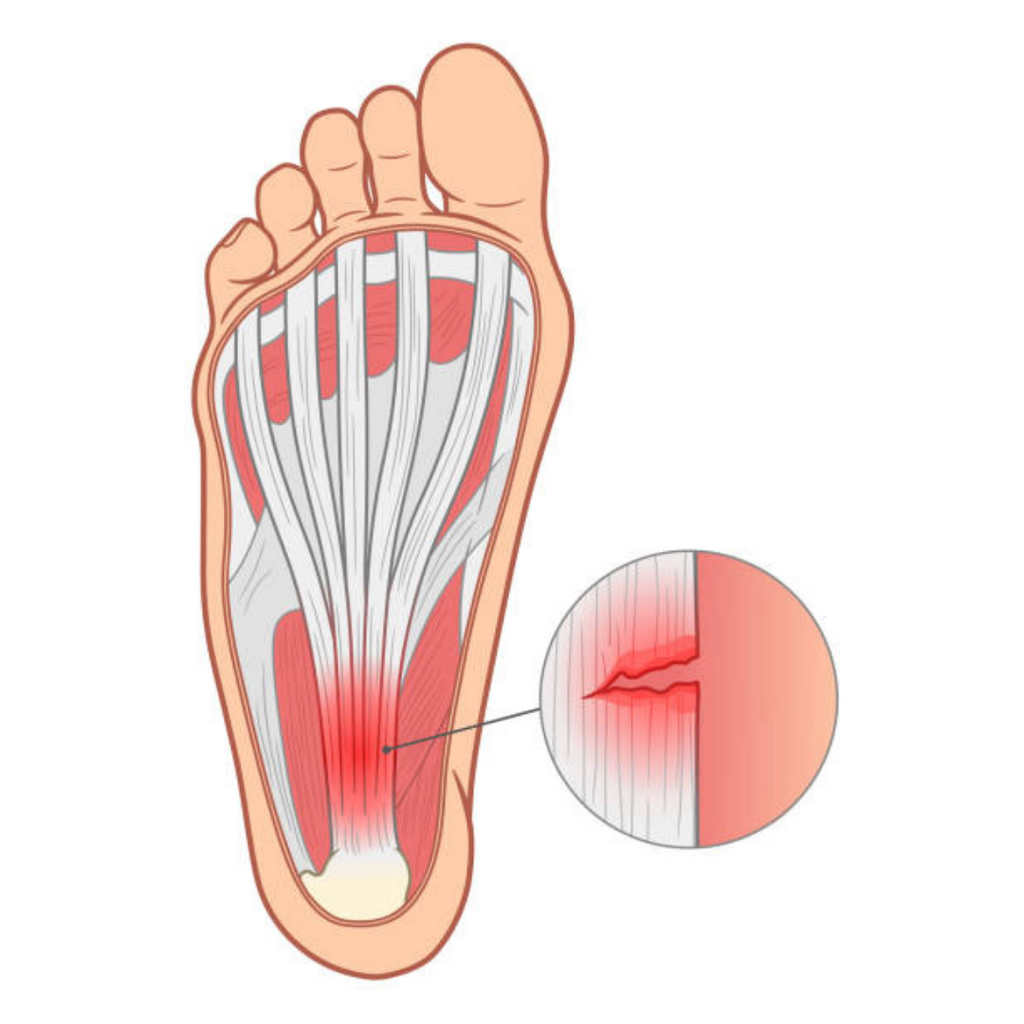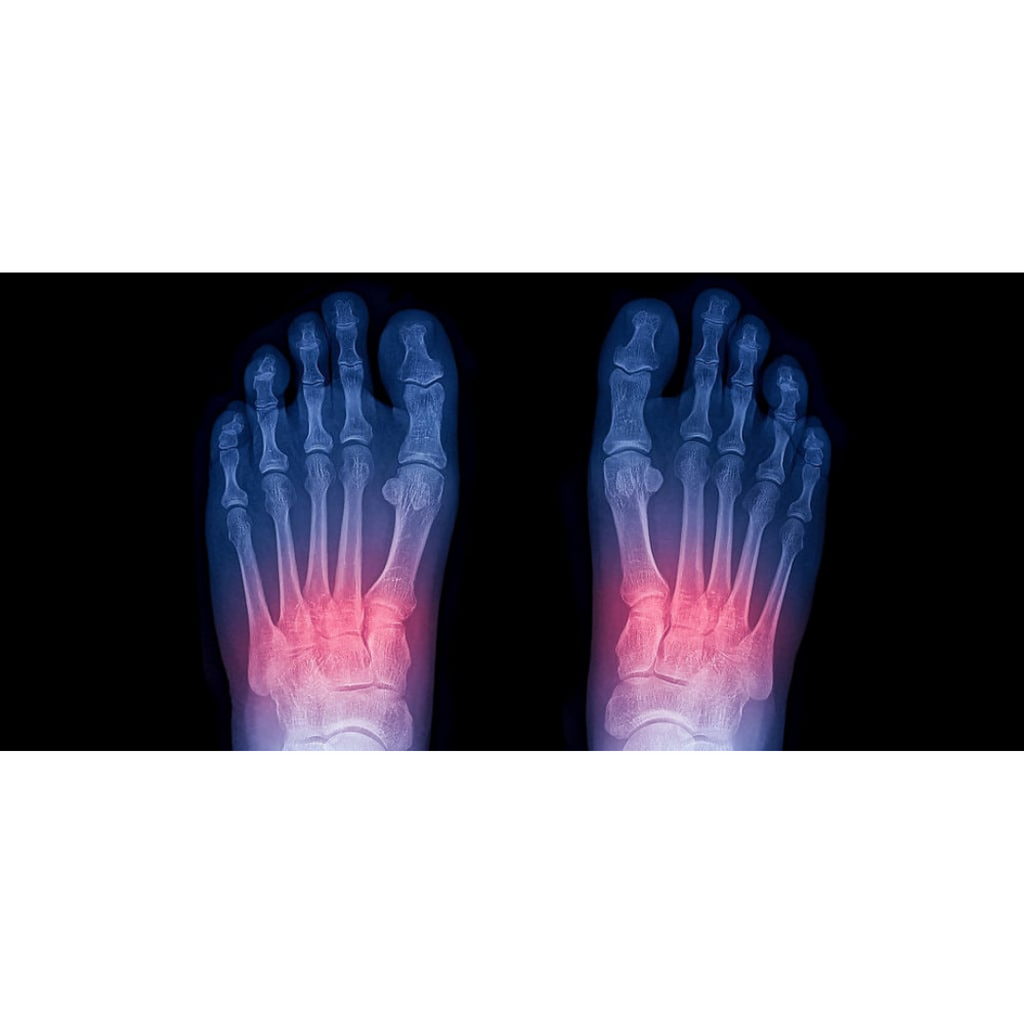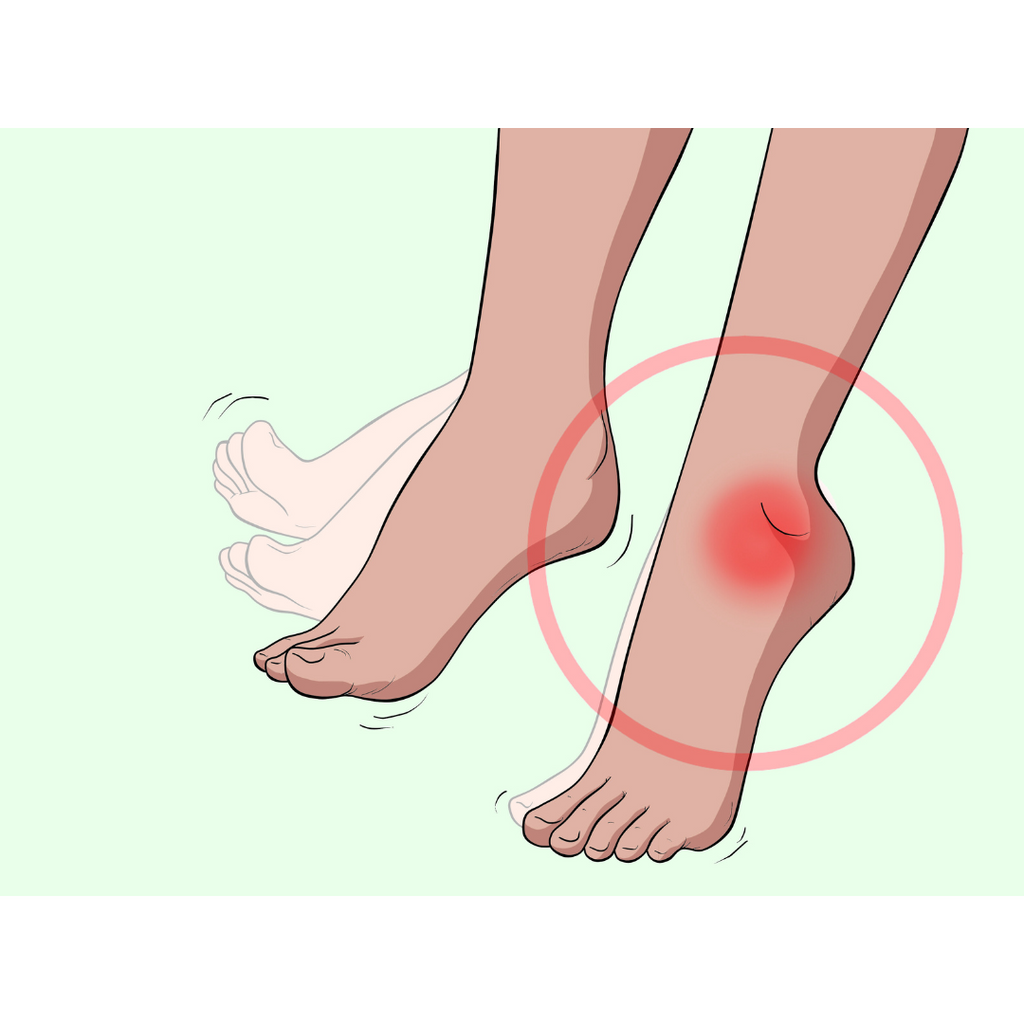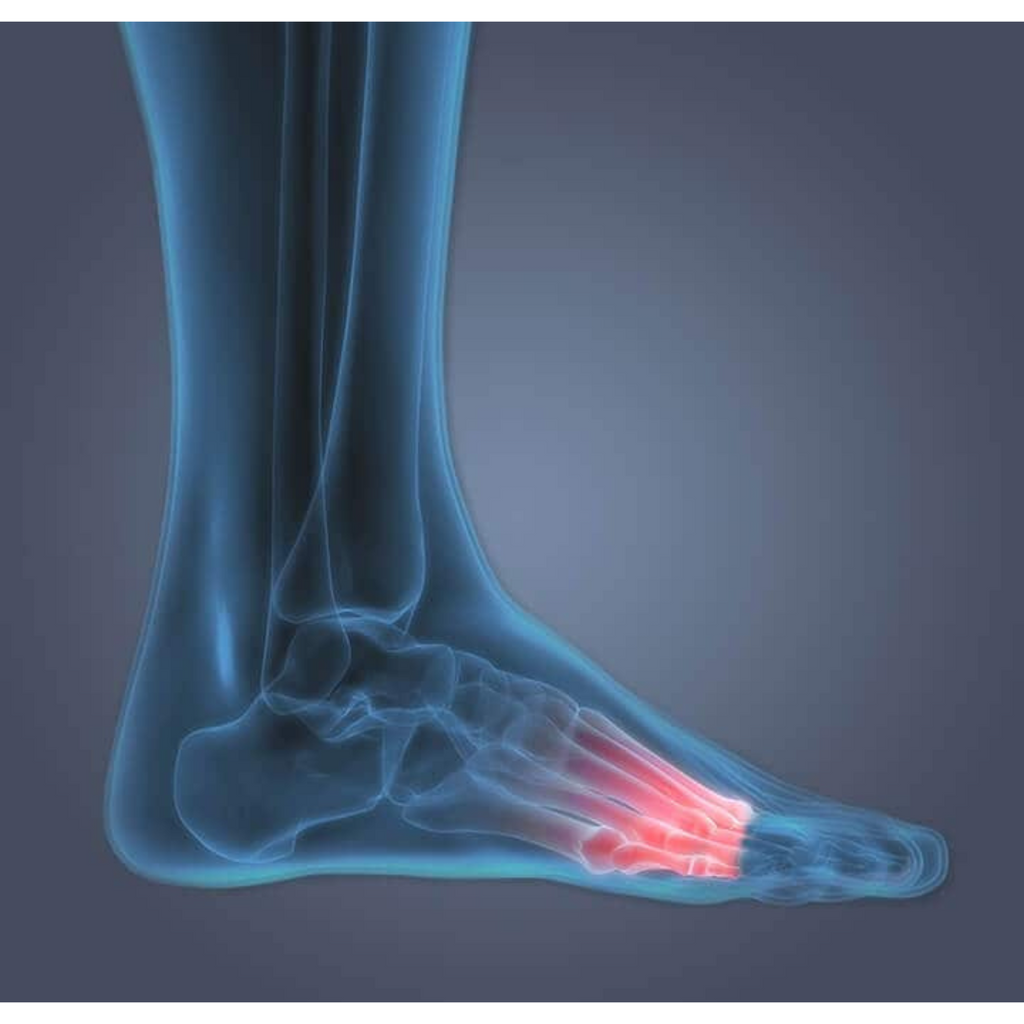Flat feet, known as fallen arches as well, are an example of poor posture. People in this state do not have arches on their foot soles. When a person stands, the entire sole of the foot is in full or nearly complete contact with the ground.
The condition is surprisingly common, with estimates ranging from 20% to 30% of the population having an undeveloped arch on one or both feet. Flat feet are common in both children and adults, and they can develop in people who engage in a variety of sports.
The arch, functional structure, connects the foot and lower leg. It is important in reducing forces incurred during weight bearing on the foot before they reach the long bones in the leg and thigh.
Being flat-footed may not cause immediate problems; in fact, some people never notice they have the condition. This disorder, on the other hand, can seriously disrupt your body's alignment and cause weakened posture or discomfort beginning in your hips and progressing into your lower back.
This article will explain what flat feet are, the causes and symptoms of flat feet, and the treatment options available to correct flat feet and relieve pain.
What Causes Flat Feet or Fallen Arches?
Unnecessary pain and discomfort can be caused by flat feet. There are numerous potential causes for this condition:
- Some people can have problems with the development of the bones in their feet before birth, which is a birth defect.
- This condition, an inherited tendency to have flat feet, can be a genetic abnormality.
- Previous research suggests that people with high levels of proteolytic enzymes in their bodies are more likely to develop flat feet. This is due to the fact that these enzymes can degrade tendons, causing the foot arch to collapse. There is still work to be done to figure out what causes flat feet.
- Tendons that have been stretched or torn can cause pain in the inner ankle, causing the individual to gradually lose the inner arch of their foot.
- The posterior tibial tendon has been damaged or inflamed (PTT). This tendon connects the lower leg to the ankle and the arch of the foot.
- Connective tissue damage or injury caused by aging, overuse, or broken and dislocated bones.
- Arthritis is one of the medical conditions that affects the joints.
- Cerebral palsy is one example of a medical condition that affects the nerves.
- Joint hypermobility syndrome, for example, is a medical condition that affects connective tissues.
Other conditions that can increase your risk of developing flat feet include the following:
- Diabetes: High blood sugar levels can impair circulation and harm the body's sensory and motor nerves. Neuropathy refers to any type of nerve damage; damage to the nerves that supply information about movement to the foot muscles can cause your feet ' shape to change
- Pregnancy: Both extra body weight and hormonal fluctuations can soften supportive ligaments, leading to flat feet and even overpronation.
- Obesity: Excess body weight can cause the arch of the foot to flatten, causing the ligaments and tendons that connect the bones and joints to stretch and the arch to collapse. Obesity is thought to be the leading cause of flat feet in adults.
- Aging: As we get older, our muscles, tendons, and ligaments lose strength, which can contribute to the development of flat feet.

Symptoms of Flat Feet or Fallen Arches
Asymptomatic flat feet may not cause any pain or other problems for some people, which simply means that no further treatment or medical intervention is required. However, those who are affected may experience the following symptoms:
- Feet that are painful in the arches and heels, or that tire easily, even when wearing supportive and well-fitting shoes.
- The swelling of the foot's sole.
- Overpronation causes the arches of the foot to roll inwards, resulting in injuries and shoes that appear to wear out faster than expected.
- Simple foot movements, such as standing on your tiptoes, are challenging.
- Numbness, weakness, or stiffness in your feet.
- Pain that radiates from the feet, ankles, lower legs, knees, hips, or lower back. This is because your feet support your entire body, and when your feet's ligaments and tendons weaken, it can cause severe pain throughout your body. This also contributes to poor posture, which can lead to headaches and neck pain over time.
How to Fix Flat Feet or Fallen Arches
Flat feet treatment is determined by the severity of the condition and the source of the problem. There is no need for further medical treatment if you do not have flatfoot symptoms. It is best to examine your arch and consult with a doctor who can develop a personalized treatment plan based on your current situation. To treat your flat feet, your doctor may recommend one or more of the following treatments.
- Elevating the feet and applying ice packs to relieve pain and swelling. Simple rest is also advised.
- Pain relievers, most likely nonsteroidal anti-inflammatory drugs.
- Injections of pain relievers and anti-inflammatory medications, most likely corticosteroids.
- Stretching exercises for the feet or professional physiotherapy can not only provide immediate relief for flat-footed pain, but they can also strengthen the muscles in the foot to prevent overpronation.
- Orthotic devices or customized arch supports, shoe modifications, braces, or casts These devices provide more support to the foot and can help to prevent pain. They can also keep the condition from getting worse by keeping the feet from rolling inwards towards each other.
- If you are overweight or obese, you should consider a weight loss program. Weight loss significantly reduces pressure on the feet, resulting in less pain.
These steps will not change the shape of your foot, but they will help to alleviate some of the issues associated with flat feet. If none of these flat foot remedies work, surgery may be an option for you.
Surgery is usually considered only if there is an underlying problem that can be corrected surgically, such as abnormal bone development in the foot.
Bones that are abnormally shaped or joined together, for example, can be straightened out and separated through surgery. If the flat feet are caused by a connective tissue problem, they can be treated by lengthening or even repairing the affected connective tissues.
If you want to learn more about flat feet or flat feet treatment options, consult your doctor or podiatrist.





